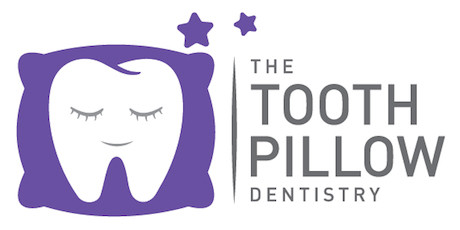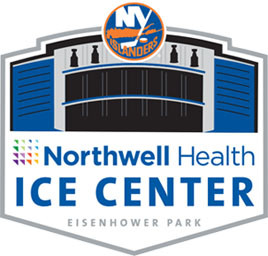
Here’s What You Need to Know About Sun Exposure and Sunscreen for Kids
We interviewed experts about sun exposure and sunscreen for kids. Here are the takeaways.
Get can’t-miss family activities sent to you!
Get the Best Family Activities
Limit sun exposure.
When avoiding the sun is unavoidable, wearing a rash guard in the water, a hat, SPF-protected clothing, or even a regular cotton T-shirt can protect your skin. After all, “have you ever gotten a sunburn through a shirt that wasn’t wet?” Dr. Kircher asks. Be cognizant of the amount of time your child is in the sun. The American Academy of Dermatology recommends avoiding midday sun whenever possible (between 10am-2pm).
A sunburn is an inflammatory process that will take hours to manifest, according to Dr. Kircher, so you may not see the effects of excessive sun exposure until later. Dr. Kircher recommends covering up infants younger than 6 months as much as possible using clothing. This includes sunglasses which should have a UVA/UVB blocking label. Luckily, almost all sunglasses (even cheap ones) have this protection.
You should also keep babies under six months old out of direct sunlight entirely, says Martin Belson, M.D., pediatric emergency medicine specialist. Dress babies in lightweight clothes that cover the arms and legs and use brimmed hats. Select clothes made of tightly woven fabrics, such as cotton, are cool and protective. Don’t forget sunglasses with UV protection.
RELATED: Is Melatonin Safe for Kids?
Reapplication time depends on your activity.
Sunscreens now provide a water-resistance (not water-proof) time factor on the label. If you’re wearing an 80-minute sunscreen, you should reapply every 2 hours or so. However, this is all relative to your activity. “If your child is in the waves, you will have to reapply more frequently than if they’re just walking around on a cool day,” Dr. Kircher says.
RELATED: Skin Care Products for the Whole Family
What to Do if Your Child Gets a Sunburn
Dr. Belson says you should keep your child in the shade until the sunburn has healed. To alleviate pain and heat, you can put your child in a cool (not cold) bath, or gently apply cool, wet compresses to the skin. Aloe vera gel helps relieve sunburn pain and heal skin more quickly. (Acetaminophen or ibuprofen can be used in conjunction with over-the-counter “after-sun” pain relievers if the pain is really intense.) Apply topical moisturizing cream to rehydrate the skin and reduce swelling and a thin layer of 1 percent Hydrocortisone cream to severely burned areas. If the sunburn is severe and blisters develop, call your doctor. Until you can see your child’s doctor, tell your child not to scratch, pop or squeeze the blisters, which can become easily infected and result in scarring.







